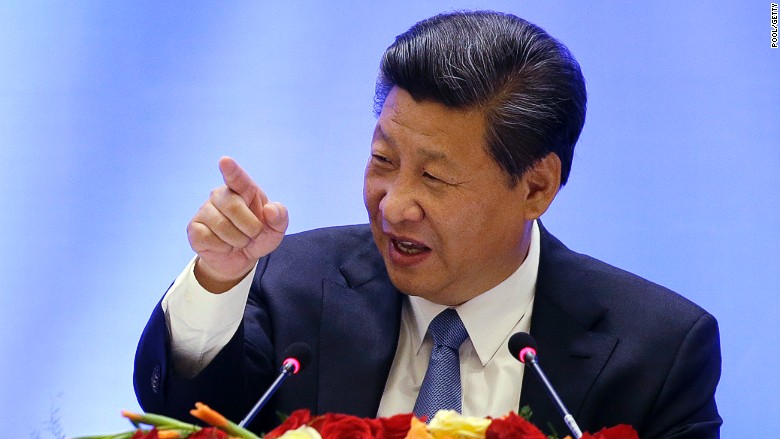Alright folks, buckle up because your shopping bills are about to get a whole lot uglier. Analysts are screaming from the rooftops: American consumers are staring down the barrel of significant price hikes thanks to Trump’s latest round of tariffs. We’re talking leather goods, clothes, furniture, electronics – the stuff you need and want. And it’s hitting now.

Let’s be real – we’ve been massively reliant on imports from countries now facing these hefty tariffs. The Richmond Fed economists are predicting a “disproportionate impact” on industries like leather and apparel. This isn’t just some abstract economic theory; it’s cold, hard cash coming directly out of your pockets.
Here’s a little background for you, because understanding why this is happening is crucial. Tariffs are essentially taxes on imported goods. They’re designed to make domestic products more competitive, but they backfire spectacularly when supply chains are so intertwined.
Think of it like this: the cost of importing raw materials goes up, the cost of manufacturing goes up, and guess who pays the price? You do.
Now, some companies might try to dodge this mess by building new supply chains. But that takes time, money, and a whole lot of logistical headaches. Don’t hold your breath waiting for that fix.
The Yale Budget Lab dropped a bombshell, estimating that, if the Fed doesn’t step in (and let’s be honest, are they really going to?), the average American household will be shelling out an extra $3800 per year by 2026 because of this tariff-fueled inflation. $3800! That’s a freaking mortgage payment!
Understanding Tariffs and Inflation:
Tariffs are taxes imposed on imported goods, effectively increasing their price. This directly contributes to cost-push inflation.
When import costs rise, manufacturers often pass those costs onto consumers, resulting in higher retail prices.
Supply chain disruptions caused by tariffs can exacerbate inflation, as businesses struggle to find affordable alternatives.
Furthermore, tariffs can trigger retaliatory measures from other countries, leading to a trade war and further price increases.
Finally, prolonged tariff-induced inflation erodes purchasing power and slows economic growth, impacting household budgets significantly.






